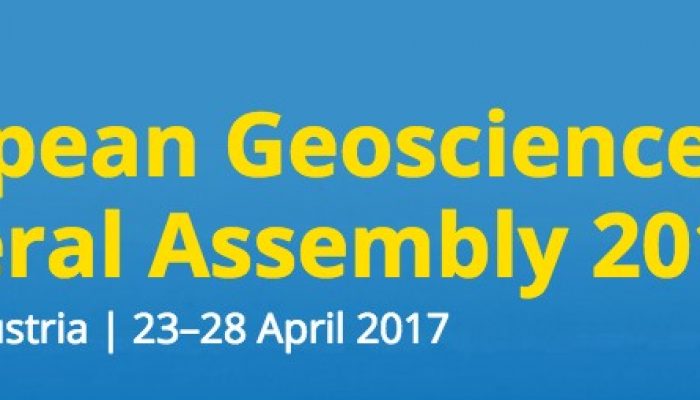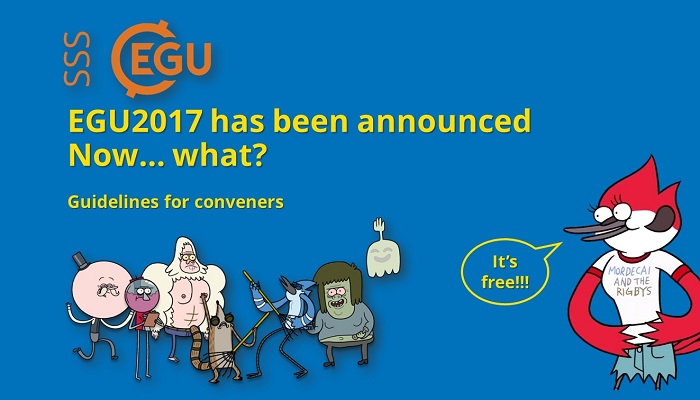Chilean Patagonia hosts many of the most inhospitable glaciers on the planet – in areas of extreme rainfall and strong winds. These glaciers are also home to some of the most spectacular glacier caves on Earth, with dazzlingly blue ice and huge vertical shafts (moulins). These caves give us access to the heart of the glaciers and provide an opportunity to study the microbiology and water drainage ...[Read More]
Seismology
Paper of the month — Signal apparition for wavefield separation
Our paper of the month is “Signal apparition for simultaneous source wavefield separation” (J. Robertsson et al., 2016) commented by Andreas Fichtner. Andreas Fichtner is Assistant Professor for Computational Seismology at the Swiss Federal Institute of Technology (ETH) in Zurich. He received his PhD from the University of Munich for his work on Full Seismic Waveform Inversion for Str ...[Read More]
Energy, Resources and the Environment
Numerically simulating production in geothermal reservoirs: application to the Groß Schönebeck deep geothermal facility.
Producing deep geothermal energy involves using a well, which can be several kilometres deep, to extract hot water in the aim of using its heat to generate electricity or for industrial applications. The well is drilled into what’s called a geothermal reservoir; rock containing empty space, or porosity, which allows the passage or storage of fluids. Sometimes hot water is already sufficiently pres ...[Read More]
Tectonics and Structural Geology
Minds over Methods: Experimental earthquakes
After our first edition of Minds over Methods, which was about Numerical Modelling, we now move to Rock Experiments! How can rock experiments be used to study processes within the Earth? We invited Giacomo Pozzi, PhD student at Durham University, to explain us how he uses rock experiments to study fault behaviour during earthquakes. Experimental earthquakes to understand the weak behaviour ...[Read More]
Atmospheric Sciences
Black Carbon: the dark side of warming in the Arctic
When it comes to global warming, greenhouse gases – and more specifically CO2 – are the most often pointed out. Fewer people know however that tiny atmospheric particles called ‘black carbon’ also contribute to the current warming. This post presents a paper my colleague and I recently published in Nature Communications . Our study sheds more light into the chemical make-up of black ca ...[Read More]
Cryospheric Sciences
Black Carbon: the dark side of warming in the Arctic
When it comes to global warming, greenhouse gases – and more specifically CO2 – are the most often pointed out. Fewer people know however that tiny atmospheric particles called ‘black carbon’ also contribute to the current warming. This post presents a paper my colleague and I recently published in nature communications. Our study sheds more light into the chemical make-up of black car ...[Read More]
Planetary and Solar System Sciences
[ECS Interview] On the surface of Churyumov-Gerasimenko with Philae and Anthony
Rosetta recently made a breathtaking dive towards the surface, bringing a wealth of science close from the surface, but also bringing the mission to its end. The operations might be over, but the science is not as there is still a lot of data to analyse, especially for the next generation of cometary scientists. To illustrate this new generation, we asked a few questions to an early career scienti ...[Read More]
Seismology
EGU Abstract Submission Season
A new season just started – EGU 2017 abstract submission season! (http://meetingorganizer.copernicus.org/EGU2017/sessionprogramme). Since the 20th of October you can submit your abstracts to one or more of the many seismology sessions. Believe it or not but we counted 75 sessions that are related to seismology. Wow! We are all very excited to scroll through the programme and daydream about t ...[Read More]
Soil System Sciences
How to manage your EGU2017 session? Brief guidelines for fearless SSS conveners
So you are convening a session in the EGU2017 Soil System Sciences programme? Then, you should click the image below. If clicking the image doesn’t work or you have problems with the presentation (works best under Chrome), access it directly at: https://goo.gl/bZhmNp or download the guidelines as a PDF file (click here).
Cryospheric Sciences
Image of The Week – Plumes of water melting Greenland’s tidewater glaciers
Loss of ice from The Greenland Ice Sheet currently contributes approximately 1 mm/year to global sea level (Enderlin et al., 2014). The most rapidly changing and fastest flowing parts of the ice sheet are tidewater glaciers, which transport ice from the interior of the ice sheet directly into the ocean. In order to better predict how Greenland will contribute to future sea level we need to know mo ...[Read More]

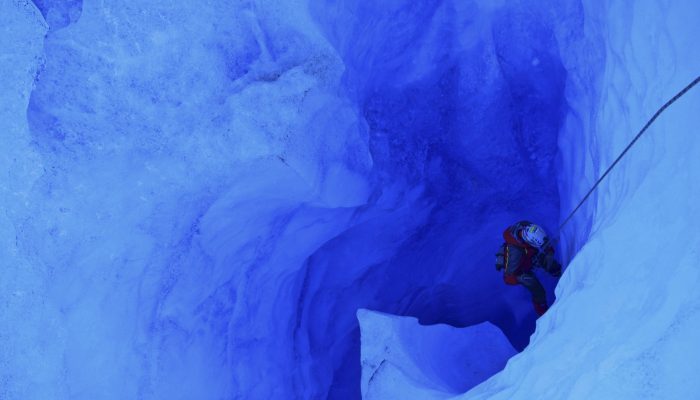
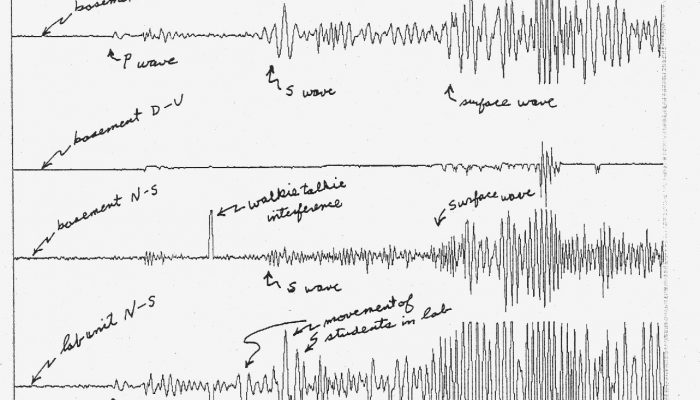
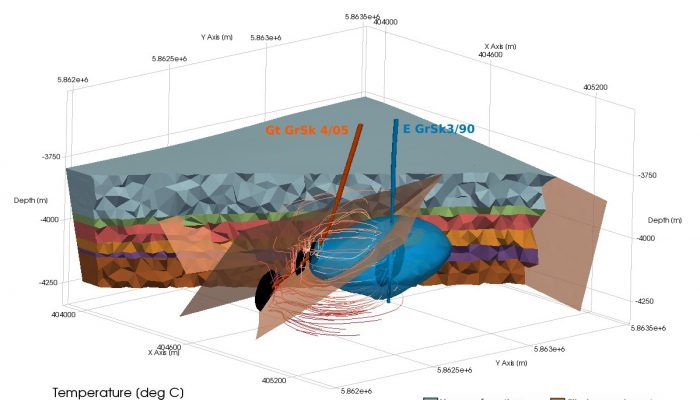
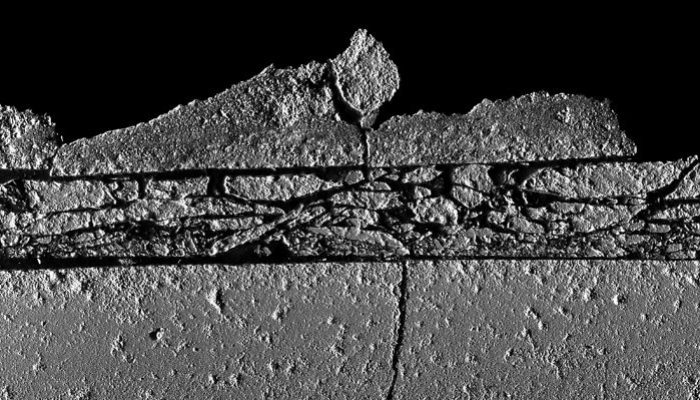


![[ECS Interview] On the surface of Churyumov-Gerasimenko with Philae and Anthony](https://blogs.egu.eu/divisions/ps/wp-content/blogs.dir/28/files/2016/10/Rosetta_impact_1280-e1477918588515-700x400.jpg)
